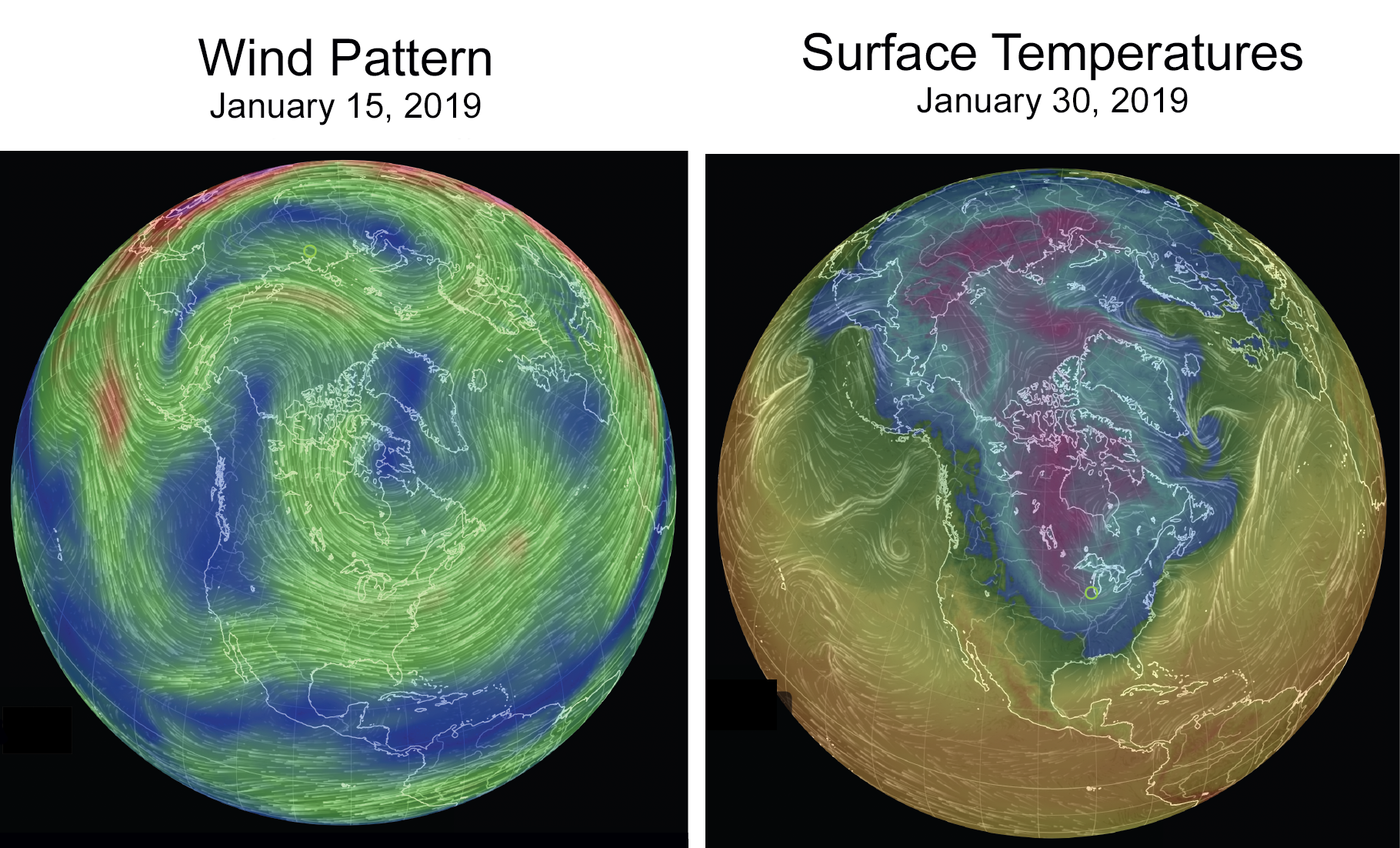Global Warming Tipping Points Which Can Create Mass Extinction Within Our Lifetimes
(If you do not understand the basics of what global warming (aka climate change,) is or how it works, we strongly advise you
click here first to view some basic illustrations that explain it. If you are not familiar with the
20 major and worst consequences of global warming we strongly recommend you review this page first as it will deepen your understanding of how the global warming tipping points can interact with these other global warming consequences to create a global warming extinction scenario within our lifetimes. Also please note that the global warming extinction process is also sometimes called runaway global warming or irreversible global warming.)
Introduction
"You cannot be called an alarmist if there really is something to be alarmed about." Unknown Source
While you are learning about key global warming tipping points, it is critically important to understand that no compensatory calculations for the effects of any global warming tipping points being crossed were ever included in the UN's Intergovernmental Panel on Climate Change's (IPCC,) calculations for precisely how much we have to reduce our global fossil fuel use to save ourselves from extinction. This is important because the IPCC's global fossil fuel reduction calculations are currently being used by all of the member governments of the United Nations (about 190 countries,) for setting their own internal national fossil fuel reduction programs.
This horrific failure to include crossing any global warming tipping points in our current global and national fossil fuel reduction calculations is also true for the world's most recent 2015 Paris Climate Agreement. As you will soon discover this omission of including proper calculations for crossing global warming tipping points as the world continues to warm is the recipe for mutually assured destruction.
Yes, this failure to include allowance calculations for crossed tipping points also means that the national fossil fuel reduction programs of every member of the United Nations using the 2015 Paris Climate Agreement targets is also based on incomplete and inaccurate calculations. In other words, our current global fossil fuel reduction calculations are based on the inconceivable belief that "everything will work perfectly within our rapidly warming climate systems all of the time and we will never crossing any key global warming tipping points." Unfortunately, the immutable laws of mathematics and physics also do not work that way, particularly as we simultaneously continue to add massively more carbon and methane to our atmosphere each year.
We all know how "everything always goes perfectly as planned all of the time" so, there's nothing really to worry about here or, is there? As you explore the key global warming tipping points described below the shocking meaning to your future wellbeing of our government's not including crossing any global warming tipping points in their calculations for how much we have to reduce our global and national fossil fuel use to prevent extinction will become much clearer to you...
Tipping Points
The major Global warming tipping points within interacting climate, human, and biological systems are:
- The total amount of melting ice.
- The albedo effect.
- The release of methane from the warming of polar permafrost and tundra.
- The total amount of water vapor in the atmosphere.
- The die-offs of carbon-eating and oxygen-producing sea plankton because of the warming, carbonization, and acidification of the oceans.
- The ever-increasing atmospheric heat captured and stored by the oceans and sent to lower levels of the ocean.
- The loss of the atmospheric carbon-eating forests because of heat, drought, wildfires, and timber-harvesting or agriculture-related clearcutting.
- Soils that normally absorb carbon begin releasing it back into the atmosphere from their previously stored or inherent carbon because of the escalating heat.
- The changes in major ocean currents that help to stabilize our weather and seasons.
- The global warming-caused pandemic potential. When ancient ice, glaciers, permafrost, or frozen tundra melts, it releases still-living bacteria and viruses never seen before.
- Total weight of rising seas and melting ice shifting. Although research is sparse in this area, it has been posited that the total massive weight change from all ice melt areas (where ice covers land masses) as well as the heating, expanding and shifting weight effect on seas caused by global warming can move existing tectonic plates.

Continue reading at:
11 Critical Global Warming Tipping Points - Job One for Humanity






